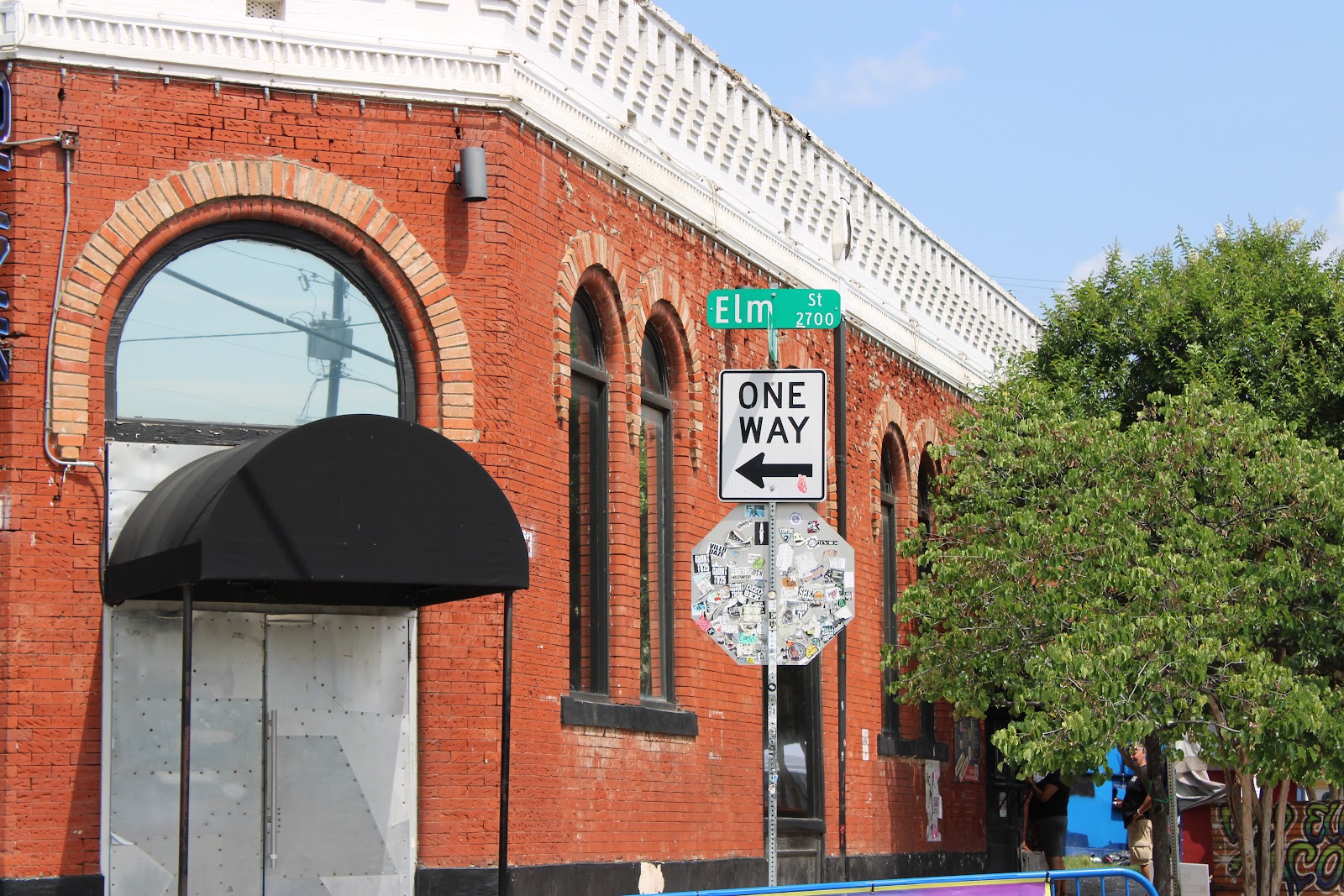For some reason, the name Cavaille-Coll always invoked the Grand Organ at Paris' Saint Sulpice Church. Or that Daniel Roth was the titular organist there, having his name added to the long list of famous organist who have been organist at St. Sulpice; Paris' second largest church out side of Notre Dame .
It's only been the last year that I have researched Aristide Cavaille-Coll, (1811-1899) the builder of that famous organ and the importance of the systems designed by Aristide, an engineer as grand as the organs he built. There were some 600.
He came from a family of French organ builders. His father, Dominique of the French city of Languedoc and his grandfather, Jean-Pierre Cavaille of Barcelona. The family's legacy is traceable to before 1700.
French organs placed importance on color and contrast. The two things that I have always liked about French organs. In the states, I choose a Casavant Frères, a prominent Canadian company in Saint-Hyacinthe, Quebec, which has been building fine pipe organs since 1879. The sound is as close to a Cavaille-Coll as it gets.
Aristide invented many of the systems that took the old-world tracker action organs and allowed them to do things that had never been able for organist to accomplish because of pneumatic wind pressures that made pipes speak instantly when the keys were pressed. In the old tracker actions, you pressed the keys and waited for the sound to catch up. Needless to say, the delay between key press and sound was not only hard work manually, but mentally as the timing generally had you pressing keys to play when the keys released were just producing sound. In other words, you were playing ahead of the sound that you were hearing. Add the echo factor in a great cathedral and you became an expert in delay management. Pneumatic motors and wind chest redesigns brought the organ into a more constant ratio of key press to sound hearing.
I laugh at the Lay Family Organ at the Meyerson Symphony Center here in Dallas. First, the organ is a muddy sounding Fisk and second, it appears to be a tracker yet it has all the modern features of pneumatic. The Meyerson would have been better served and the Lay Family's grateful donation, as well, had the organ been of French design with," a whole blossoming of wonderful colors ,a rich pallet of the most diverse shades, harmonic flutes, gambas, bassoons, English horns, trumpets, celestes, flute stops and reed stops of a quality and variety unknown before," wrote Charles-Marie Widor about his Symphonie V, written especially for the Cavaille-Coll at Saint Sulpice.
The thing about Casavants in Dallas is this: They are generally found in large Methodist and Large Presbyterian Churches! I understand that characteristic very, very well. With the exception of SMU who in a weird way has many Fisk instalations that sound like a little Meyerson. Ironically, two blocks from the Meyerson in a Methodist church you will find a Casavant. If only Aristide were alive today and living in Dallas!















